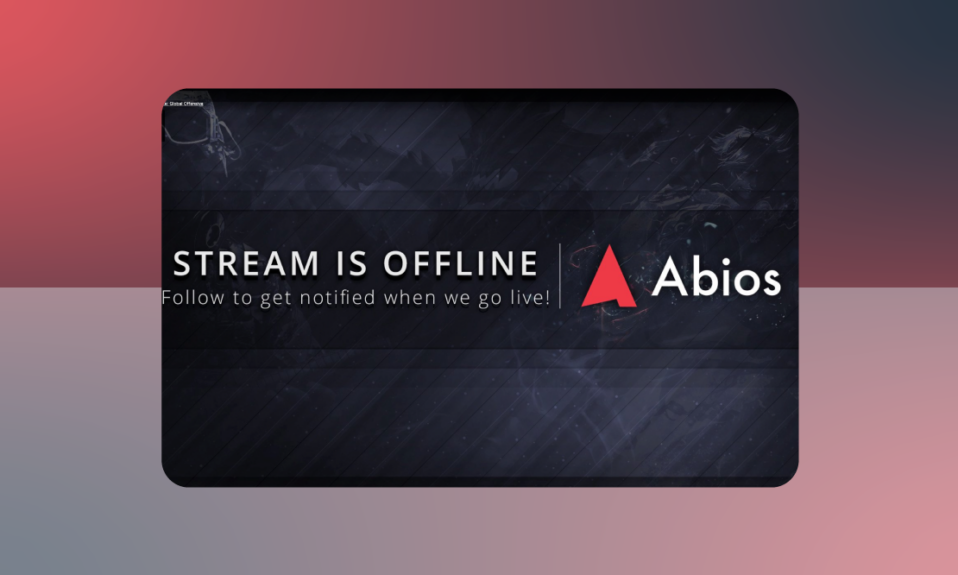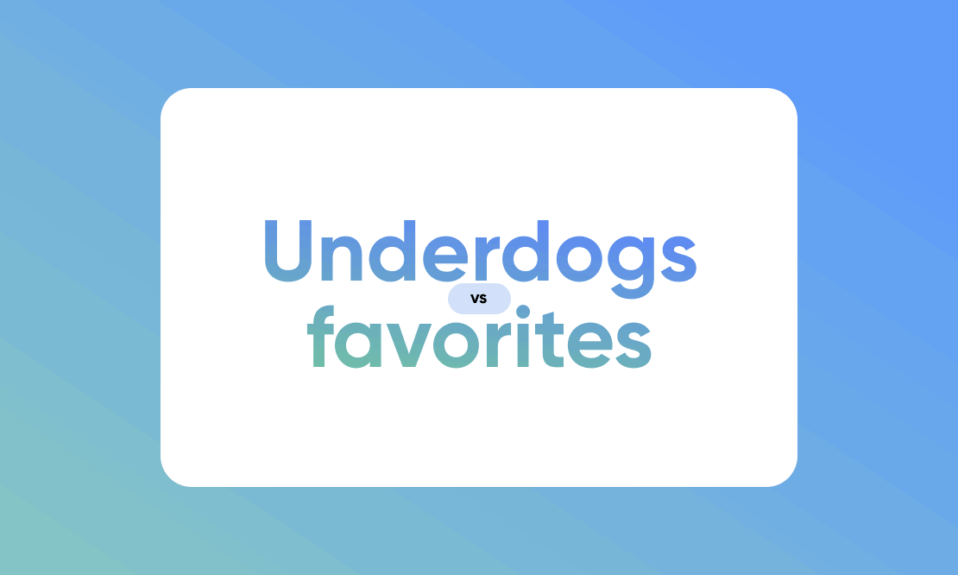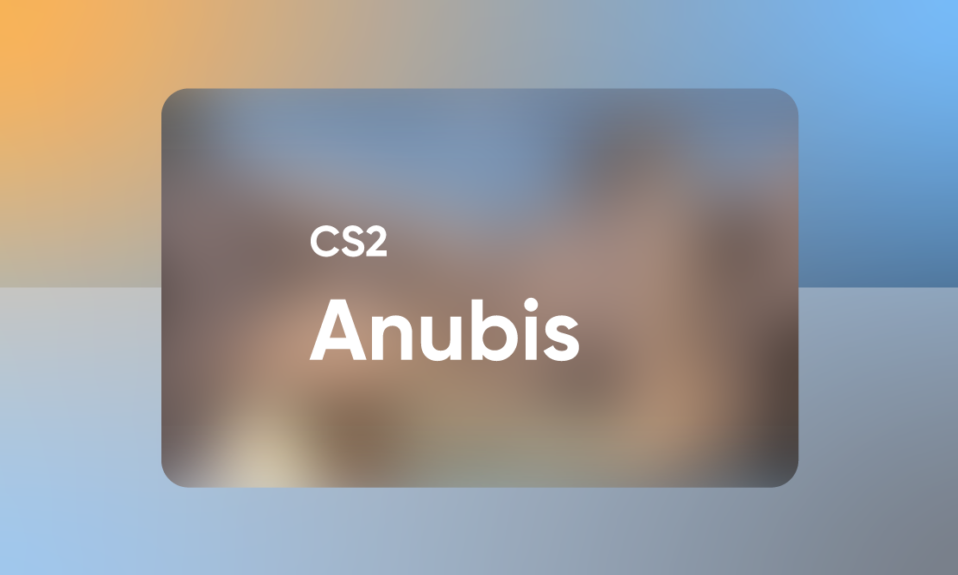
The first real growth spurt of esports dawned when Twitch came around in 2011. They provided a truly unique viewership experience for esports fans, allowing fans to chat alongside the stream, interact with each other and post either comments or memes. It created a culture around the viewership experience and added a lot of value to watching esports. Not to mention how it made a lasting impact on internet culture at large.
While this has added a lot of value to the esports industry, its viewership and fans, the truly groundbreaking thing Twitch did were quite simple: They made esports free to watch. Something that’s totally unheard of in traditional sports, where pay-to-view or subscription-based offerings are an industry standard.
Nonetheless, Twitch made it work.
In the early times of esports, this was paramount for the growth of the industry, as anyone could watch and fall in love with esports at no cost. It made the adoption cost incredibly low for both the new and recurring fans.
The evolution of esports streaming
While the Twitch model was revolutionary at its time, not much has changed in the 10 years we’ve experienced esports streams. Whether it be on Twitch, Youtube or Facebook Gaming, the streaming experience is essentially the same.
Read about the cutthroat competition in the streaming market
What has happened, is that the production value has become far greater and the scene more professional. This is evident as full-scale esports tournaments nowadays are more in line with traditional sports events or music performances than they are with the small-scale productions they were a decade ago. The talent, casters and producers have also gained more experience, giving us the well-rounded tournament offering we see today.
Replays of matches with team voice comms
In the past one to two years, Riot Games has allowed viewers to get an unprecedented insight into what team communication sounds like during a professional esports match. They allow fans to watch replays of broadcasts with voice communications, essentially allowing them to listen in as the team communicates with each other during the game.
While we’ve seen similar things in some sports, it’s obviously easier to implement in esports given that everyone has headphones with microphones connected to their computers at all times. It could be hard to implement live as teams might want some level of privacy, but it definitely improves the viewership experience.
Co-streaming
Something that has become increasingly prevalent in recent years is co-streaming. It is when a tournament organiser allows streamers to broadcast a match on their channels to their audiences, allowing them to add their own commentary, overlays, followers and chats to the match.
The viewer gets to consume the official match feed, but with their favourite streamer.
This has been around for a long time in Dota 2, where match streams have been readily available in the Dota 2 client, allowing streamers to broadcast the match directly from the client.
Recently, Riot Games have also made progress in this department for both VALORANT and League of Legends. They’ve allowed renowned streamers broadcast the VALORANT Championship Series, proving to be immensely successful. Popular streamer Tarik “Tarik” Celik gained a viewership record of 110,231 live viewers during VCT Masters Stage 1: Reykjavik in April 2022, alongside the official tournament channel hitting 598,910 in peak viewership.
Challenges co-streaming impose on tournament organisers
The challenge here is that both tournament and streamers have their own, often exclusive, sponsorship contracts. If the tournament would have one official energy drink brand as a sponsor, it would expect to be the only brand of its kind featured in all official streams. After all, they’ve put in the investment to get that exposure. If a streamer is then sponsored by a different brand, a clash occurs, where a streamer might want their sponsor to be shown to monetise their stream.
The way to solve this is that either everyone streams the same feed, or that the broadcasters have the logos of their sponsors integrated into the game instead of just as an overlay to the stream. In CS:GO, it could mean that a Mercedes logo would be integrated into a wall in the game. in that way, the brand would still get eyeballs while still allowing for co-streaming.
Another way of solving this is to have a restrictive co-streaming policy, not allowing streamers to showcase other brands while broadcasting an official tournament.
Streaming from different POVs
Something we haven’t seen yet but would like to see in streaming is more flexibility in terms of the viewership experience.
An option for customisation could be to allow viewers to select to watch a game from a specific player’s point of view. Another option could be to allow players to do their own camera work within the match, where they could pan the camera themselves and choose what player or fight to hone in on.
This is already an in-game feature in several large titles but is not available when viewing large tournaments on streaming services. This is, no doubt, because of the increased cost for every different point of view offered.
Nonetheless, we believe this could be the next step in revolutionising the esports streaming experience. If that could be integrated with VR in the next 5-15 years, the viewership experience could really take its next, big leap.







